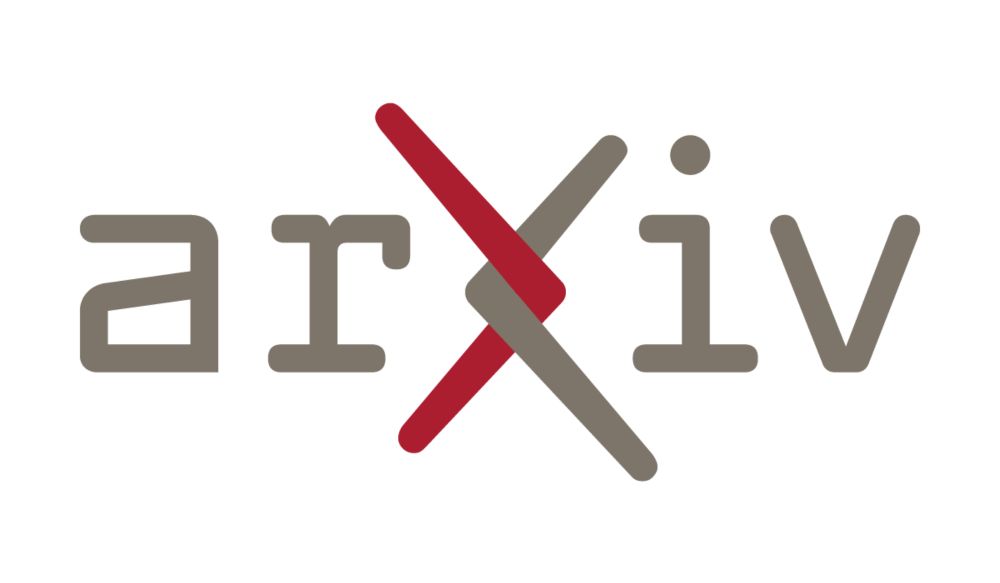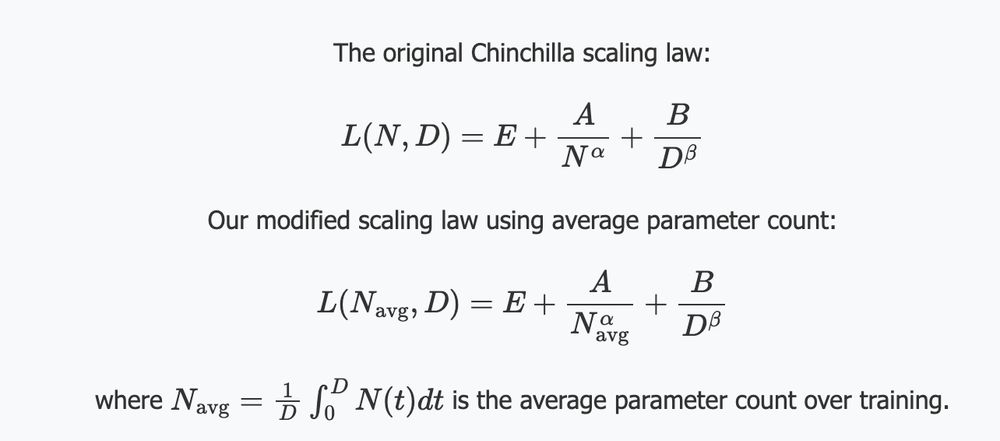Posts
Media
Videos
Starter Packs
Reposted by Tian Jin
Reposted by Tian Jin
Reposted by Tian Jin
Tian Jin
@tjin.bsky.social
· Apr 21
Tian Jin
@tjin.bsky.social
· Apr 21
Tian Jin
@tjin.bsky.social
· Apr 21
Tian Jin
@tjin.bsky.social
· Feb 27

Learning to Keep a Promise: Scaling Language Model Decoding Parallelism with Learned Asynchronous Decoding
Decoding with autoregressive large language models (LLMs) traditionally occurs sequentially, generating one token after another. An emerging line of work explored parallel decoding by identifying and ...
arxiv.org
Tian Jin
@tjin.bsky.social
· Feb 27
Tian Jin
@tjin.bsky.social
· Feb 27
Tian Jin
@tjin.bsky.social
· Feb 27
Tian Jin
@tjin.bsky.social
· Feb 27
Tian Jin
@tjin.bsky.social
· Feb 27
Tian Jin
@tjin.bsky.social
· Feb 27
Tian Jin
@tjin.bsky.social
· Feb 27
Tian Jin
@tjin.bsky.social
· Feb 27
Tian Jin
@tjin.bsky.social
· Feb 27
Tian Jin
@tjin.bsky.social
· Feb 27



